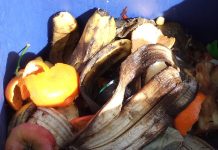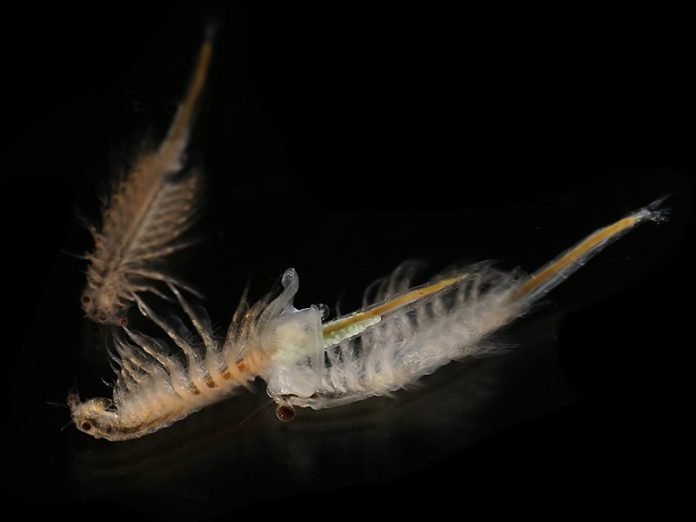The brine shrimps have evolved to express sodium pumps that exchange 2 Na+ for 1 K+ (instead of the canonical 3Na+ for 2 K+). This adaptation helps Artemia remove proportionally higher amount of sodium to the exterior which enable this animal build and maintain larger Na+ gradients imposed by highly saline waters.
The brine shrimps (Artemia) belonging to the subphylum Crustacea survive in highly saline waters. These are only animals known to thrive at sodium concentrations above 4 M.
How do they beat such harsh conditions?
Researchers have found that a biological innovation help brine shrimps to adapt to high salt concentration environment.
The ATPase situated in the outer plasma membrane of the cells acts as sodium-potassium pump to excrete salts necessary to maintain salt balance. Normally, for every single ATP consumed, this [viz. Na+, K+ -ATPase (NKA) pump] removes 3 Na+ out of the cell and takes in 2K+ that into the cell.
However, the brine shrimps have evolved to express sodium pumps that exchange 2 Na+ for 1 K+ (instead of the canonical 3Na+ for 2 K+). This adaptation helps Artemia remove proportionally higher amount of sodium to the exterior which enable this animal build and maintain larger Na+ gradients imposed by highly saline waters.
***
Reference:
Artigas P. et al 2023. A Na pump with reduced stoichiometry is up-regulated by brine shrimp in extreme salinities. PNAS. 11 December 2023 .120 (52) e2313999120. DOI: https://doi.org/10.1073/pnas.2313999120
***




































